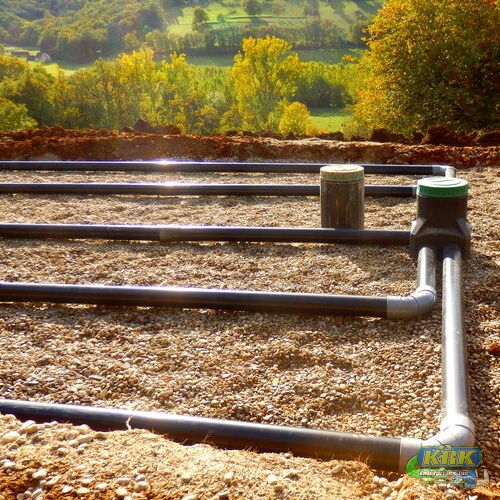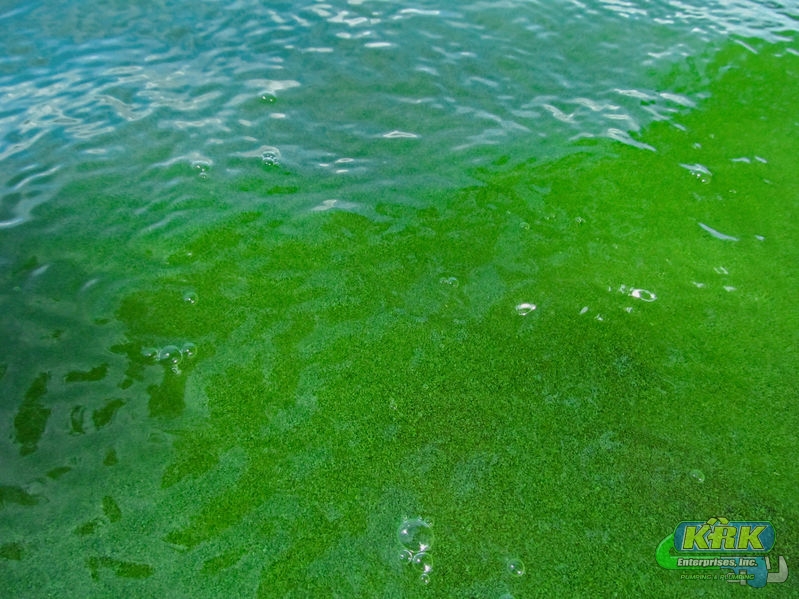
Learn More About a Drain Field
A drain field is an important part of your septic system and will require routine maintenance in order to avoid problems down the line. There can be a wide range of issues that emerge over time and depending on the issue at hand repairs will be extensive. It’s important to get into contact with a professional plumbing company if you’re experiencing issues with your septic system. Here is some helpful information regarding your septic tank drain field that may prove of use to you.
What is a septic repair field?
The components that make a septic system are the septic drain field, septic tank, and associated plumbing. Additionally, a septic drain field may also be referred to as leach fields or leach drains. Septic drain fields are subsurface wastewater disposal facilities that are used to remove the impurities and contaminants from the liquid that rises after anaerobic digestion within a septic tank.
How deep is a drain field buried?
A septic drain field is typically buried 18-30 inches in depth with a maximum soil coverage over the disposal field at 36 inches/2-5 feet in depth.
Can a septic drain field be repaired?
A septic drain field will have different conditions that may be causing problems and won’t have a quick fix. Clogs can be routed out yet usually the bacteria mat will be the center of an issue. It can’t be destroyed and will require the trench to completely dry out for a few months.
How long will a drain field last?
A drain field will last on average anywhere from 15-25 years keeping in mind that it’s taken care of properly. Monitor your drain field’s water use and keep afloat of what’s going on with your septic system.

How do I know if my drain field is bad?
- Water and sewage from toilets, drains, and sinks are backing up into the home.
- Bathtubs, showers, and sinks drain very slowly.
- Gurgling sounds in the plumbing system.
- Standing water or damp spots near the septic tank or drain field.
- Bad odors around the septic tank or drain field.
- Bright green, spongy lush grass over the septic tank or drain field, even during dry weather.
- Algal blooms in nearby ponds or lakes.
- High levels of nitrates or coliform bacteria in water wells.
Why is my septic drain field wet?
Your septic drain field may be wet depending on the condition of the filter and disperse waste. Any interruption on how these components process may result in septic system failure. For example, when solid waste builds up in the soil at the base of the leach/drain field it’ll prevent proper drainage which can result in wet spots on the field.
What happens when your drain field fails?
When a septic drain field fails or is saturated with water you may have sewage backup into the home. You may see spongy bright green grass over the area of the drain field or wet, soggy areas that develop near or on the drain field. Finally, you may have are odors near the tank or drain field.
Do leach field cleaners work?
A septic drain field cleaner made of biological or chemical treatments actually won’t open clogged septic system drain fields. In actuality, they can kill your roots or dissolve some grease clogs in pipes. Overuse of chemical cleaners will actually clean the essential bacteria needed for a drain field to function properly.
Can a drain field be cleaned?
A septic drain field can be cleaned instead of replaced when it is clogged by a sewer jetter to clean the perforated PVC septic leach/drain field lines from 2-6 inches ID. Keep in mind that septic field lines can fail to drain when heavy solids build-up and block the lines. This is commonly seen with septic systems that are more than 20 years of age. With systems that are less than 20 years of age and are failing to drain, it can instead point to tree root infiltration of the lines, structural damages to the pipes, issues with the surrounding soil, or a faulty septic system design.
Does homeowners insurance cover septic failure?
Certain homeowners insurance policies will not cover the septic system itself but will cover any damages made to your home due to a malfunctioning septic system or as a result of septic problems that caused an overflow to come into your home.
Contact a Certified Plumber Concerning Your Septic Drain Field
If you’re needing help with problems regarding your septic drain field reach out to a qualified plumber for drain field repairs. A septic drain field is an integral part of your septic system and when problems emerge it can put a halt on activity. In order to maintain the health and safety of occupants and ensure your property isn’t infiltrated with wastewater make plans to schedule a septic system inspection today. Have a properly operable septic tank system with the help of an expert.
To get assistance with your drain field in Fort Pierce and Port St. Lucie, Fl call KRK Enterprises, Inc. at 800-330-7686 for an improved septic system!

